First Queen Square Symposium on Advanced Therapies
16 January 2023
The Symposium was held in person on 24th November 2022. Organised by Professor Selina Wray and Professor Dimitri Kullmann, the event included guest speakers from ION and UCL professional services, joining forces to showcase the outstanding translational research ongoing at UCL.
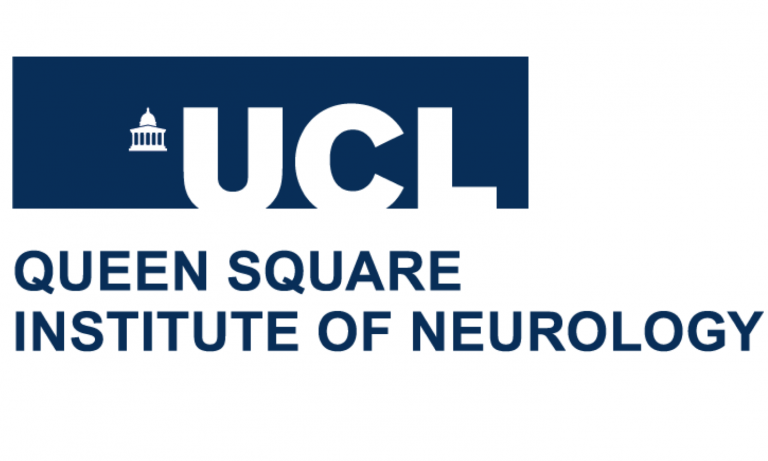
The opening and welcoming greetings were delivered by Professor Michael Hanna (Director, UCL Queen Square Institute of Neurology). He acknowledged the organisers, attendees and speakers, remarking that the talks we were going to listen were reflecting the high-quality research and discoveries that permeate all of Queen Square and UCL.
Dr Pamela Tranter, UCL Translational Research Office
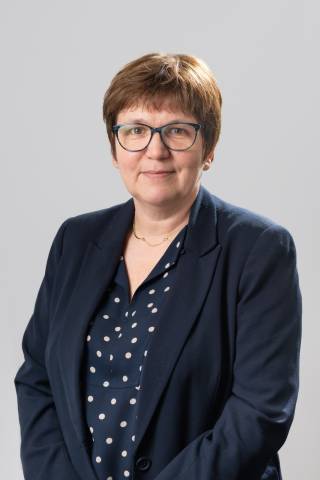
The first speaker was Dr Pamela Tranter, Director of the Translational Research Group (TRG), part of the TRO (Translational Research Office, Maple House). Dr Tranter has over 20 years of experience in various sectors of drug development in big pharma and over 10 years of experience as a project manager at UCL in several therapeutic modalities. She is now director of the TRG, a professional service available for everyone at UCL that helps scientists organising a bench-to-bed scientific strategy and supporting grant applications. Dr Tranter mentioned that the grant writing success rate with the TRO involvement is close to 40% vs a national average that goes as low as 6% up to 25%, depending on the scheme. Additionally, to help researchers with any matter related to industrial collaborations, there are dedicated and experienced business and innovation managers part of the Business and Innovation Group (BIG) within the TRO.
Associate Professor Gabriele Lignani, Clinical and Experimental Epilepsy, UCL Queen Square Institute of Neurology
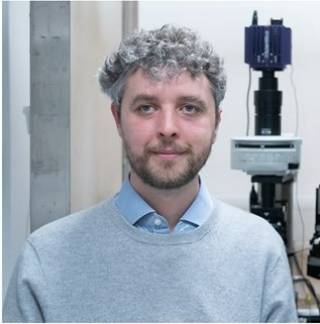
Dr Barney Bryson, Department of Neuromuscular Diseases, UCL Queen Square Institute of Neurology
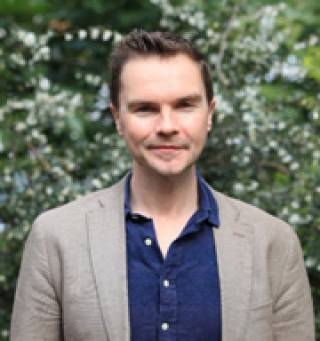
We then listened to Dr Barney Bryson, from the Department of Neuromuscular Diseases (Queen Square House), talking about the journey to set up ‘A Novel Optogenetic Cell Therapy for Amyotrophic Lateral Sclerosis’. Dr Bryson is an expert in the field of neuro-regeneration, focusing on the development of novel therapies for traumatic injuries and neurodegenerative conditions for motor neurons. In this talk, he highlighted his work on combining allogeneic human stem cell derived motoneurons with optogenetics in a mouse model for ALS. Dr Bryson explained that one of the advantages of using optogenetic training compared to standard electrical stimulation is the possibility of stimulating the muscles in a predetermined order and in a physiological manner, overcoming the problem of rapid muscle fatigue. This neuroreplacement therapy could potentially pave the way for a customised brain-computer interface technology for voluntary control of muscle function. Part of Dr Bryson's funding for the proof of concept work was achieved by an MND/LifeArc grant awarded with the support of the TRO.
Dr Paolo Spingardi, Business Manager at the UCL Tech Transfer Office

The fourth speaker was Dr Paolo Spingardi, Business Manager at the UCL Tech Transfer Office. UCLB is UCL’s commercial arm, and UCLB's main aim is to evaluate researchers’ ideas and work for maximising their real-world impact. Importantly, an idea alone is not enough to create positive change for patients: you need to put in the work. But what is “the work”? (i.e. what is intellectual property?). IP can be many things, from a patent to data coming from a database or a clinical trial, from a copyright for protecting a software to know-how. Dr Spingardi explained that to be able to progress a technology/therapy, this needs to be novel, commercially exploitable, and more advantageous compared to what already exists on the market. The discovery needs to be legally protected and requires an initial proof of concept to confirm its validity. UCLB has been so far very successful both in patent filing, licensing and spin out creation, with 5 spin outs created in the last 4 years and listed on Nasdaq.
Professor Sarah Tabrizi, Director of UCL Huntington Disease Centre and Joint Head of the Department of Neurodegenerative Disease, UCL Queen Square Institute of Neurology
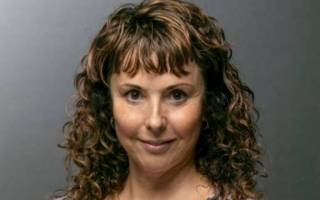
The next speaker was Professor Sarah Tabrizi, Director of UCL Huntington Disease Centre and Joint Head of the Department of Neurodegenerative Disease at IoN. Prof Tabrizi gave a remarkable overview on the challenges of a recent genetic therapy phase I/II and III developed for Huntington Disease (HD) in combination with different pharmaceutical companies (Ionis and then Roche). The first study regarded an ASO (anti-sense oligonucleotide) targeting mutant HTT (huntingtin protein) in the brain of adult patients injected via an intrathecal bolus. The study was a success, collecting safety data and demonstrating a dose-dependent reduction in the concentration of mutant huntingtin in the CSF. Contrastingly, a tough lesson arrived when the trial went straight into phase III, lacking a traditional phase II for dose finding, using the maximum tolerated dose for maximising striatal penetration. After a few weeks of treatment, the pharma sponsoring the study decided to stop the recruitment due to clear signs of toxicity and lack of efficacy of the treatment. Despite this result, there were many opportunities to advance the knowledge of ASOs therapeutics in patients and on HD biomarkers. For example, CSF-nfl (neurofilamin) protein emerged clearly as a reliable indicator of safety, now used worldwide. Prof Tabrizi finished her talk examining the opportunities arising from continuous ground-breaking work on DNA repair strategies for HD and new horizons for prevention trial.
Professor Rob Brownstone, Brain Research UK Chair of Neurosurgery
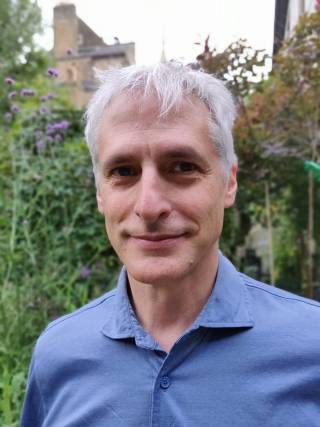
Professor of Neurosurgery Rob Brownstone then talked about the steps to set up his own company, Sania Therapeutics, to tackle neuromodulation for spasticity using gene therapy to improve patients’ lives. Neuromodulation does not mean treating the disease, Prof Brownstone explained, but it means treating symptoms by altering nerve (neuronal) circuit function and activity through targeted delivery of a stimulus. This stimulus can be of electrical or chemical nature, to specific sites in the body/brain. Prof Brownstone’s approach to the problem was different such that his collaborators and him spun-out a company very early on. They thought that maintaining the work nicely split out between academic lab vs independent spin-out labs would be the best way to organise and speed up things. Were they right? Is this out-of-the-shelf solution going to revolutionise the translational path as we know it?
Dr Tanel Ozdemir, Investment Manager at UCL Tech Fund (TF)
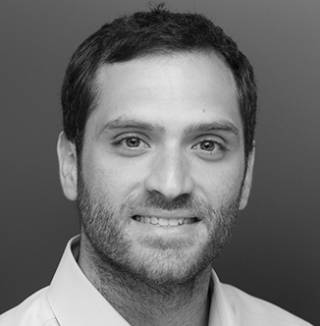
Dr Cath Mummery, Consultant Neurologist at the National Hospital for Neurology and Neurosurgery (UCLH) and Honorary Associate Professor at UCL Queen Square Institute of Neurology
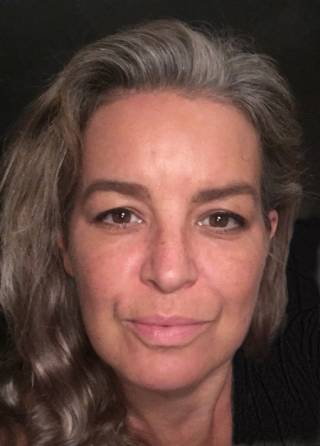
The eighth speaker of the afternoon was Dr Cath Mummery, Consultant Neurologist at the National Hospital and Honorary Associate Professor at UCL Queen Square Institute of Neurology. In her presentation, she talked about the history of dementia trials and how these changed through the years. Prof Mummery explained how genetic therapies for dementia started in the mid-80s with a letter from Carol Jennings to Prof John Hardy and Prof Martin Rossor (UCL Queen Square Institute of Neurology), asking to understand her family’s uncommon form of dementia. After testing their blood, the APP gene was first found. This discovery, together with others, paved the way for the amyloid cascade hypothesis which set off the early-on treatment trajectories for Alzheimer’s disease (AD). Historically, humanised monoclonal antibodies were the first therapy to be applied; for a long time, no positive results were shown, until June 2021 with the accelerated approval of Aducanumab that demonstrated a reduction of amyloids in the patients’ brain. The greatest result, linking the reduction in amyloid with effective cognitive protection, came just a few months ago in September 2022, with the success of an Eisai AD drug, Lecanemab, showing protection in loss of cognition compared to placebo. This protection was not linear with the amount of amyloid disruption though, highlighting that there is still a lot to do to fully understand this disease. More recent alternative approaches are silencing RNAs, activation of TREM2 gene, peripheral checkpoint inhibitors, Tau clearing by using antibodies, antisense oligonucleotides (ASOs) and more. Dr Mummery remarked how philanthropic funding and industry collaborations such as Eisai and IONIS made it possible to run this trial in the UK and specifically in UCL.
Professor Francesco Muntoni, Chair of Paediatric Neurology at UCL GOS Institute of Child Health and at UCL Queen Square Institute of Neurology
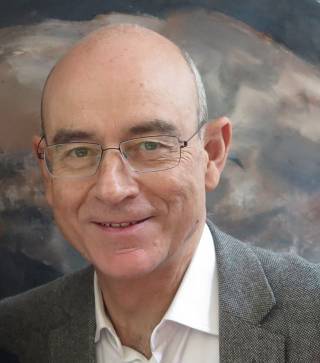
Closing remarks
The day closed with remarks from Professor Dimitri Kullmann, Deputy Director for Enterprise, Translation & Advanced Therapeutics (UCL Queen Square Institute of Neurology) introducing the new Senior Translational Research Manager for ION, Dr Eleonora Lugarà. Prof Kullmann and Dr Lugarà's vision for the Institute is to help in creating and expanding a cohesive translational community across pre-clinical and clinical research for the whole of IoN helped by UCL TRO, UCLB and UCL Tech Fund.
Links
- UCL Translational Research Office (TRO)
- LignaniLab UCL
- Dr Barney Bryson's academic profile
- UCL Business
- Professor Sarah Tabrizi's academic profile
- Professor Rob Brownstone's academic profile
- UCL Tech Fund
- Dr Cath Mummery's UCLH profile
- Professor Francesco Muntoni's academic profile
- Recordings from the event (internal only)
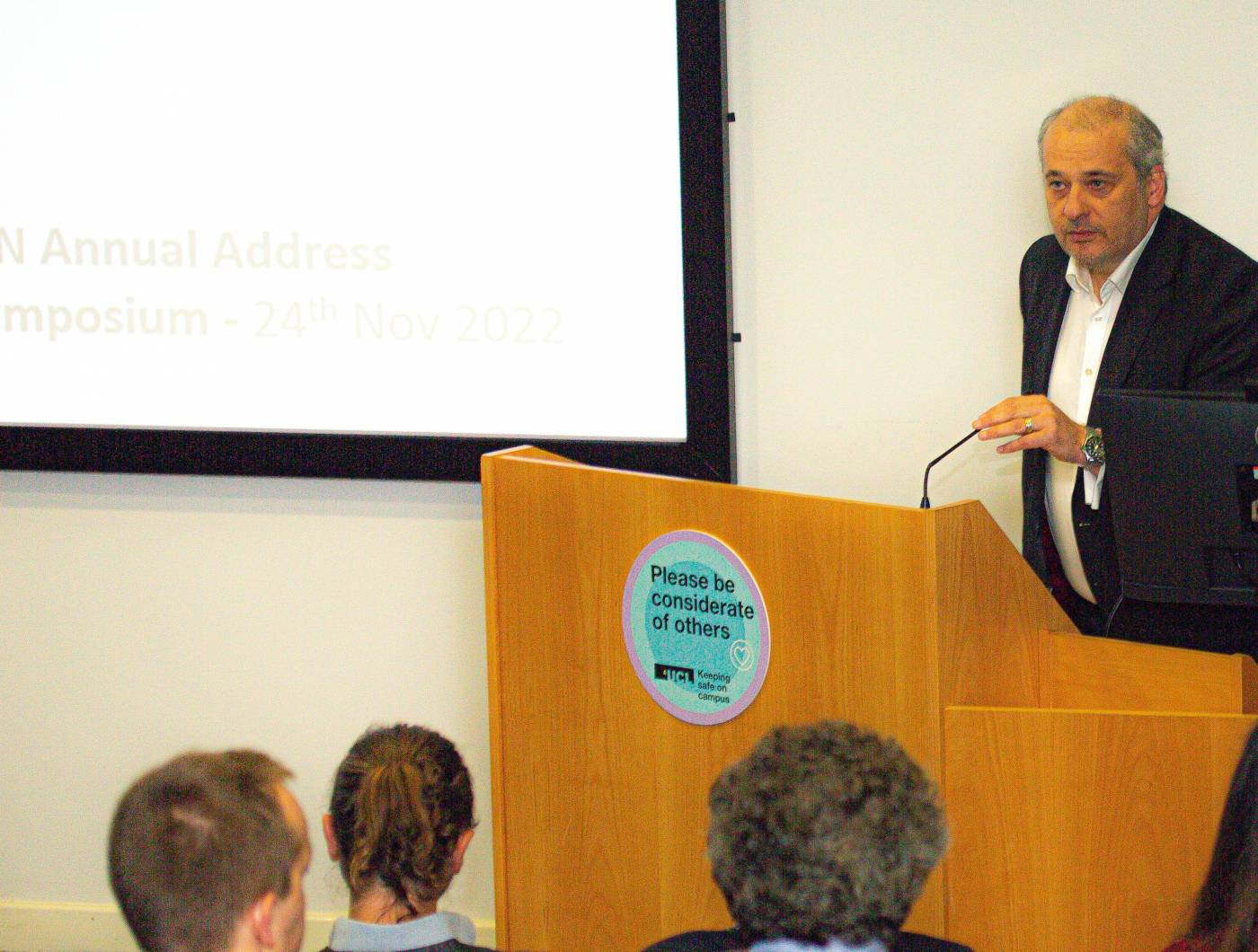
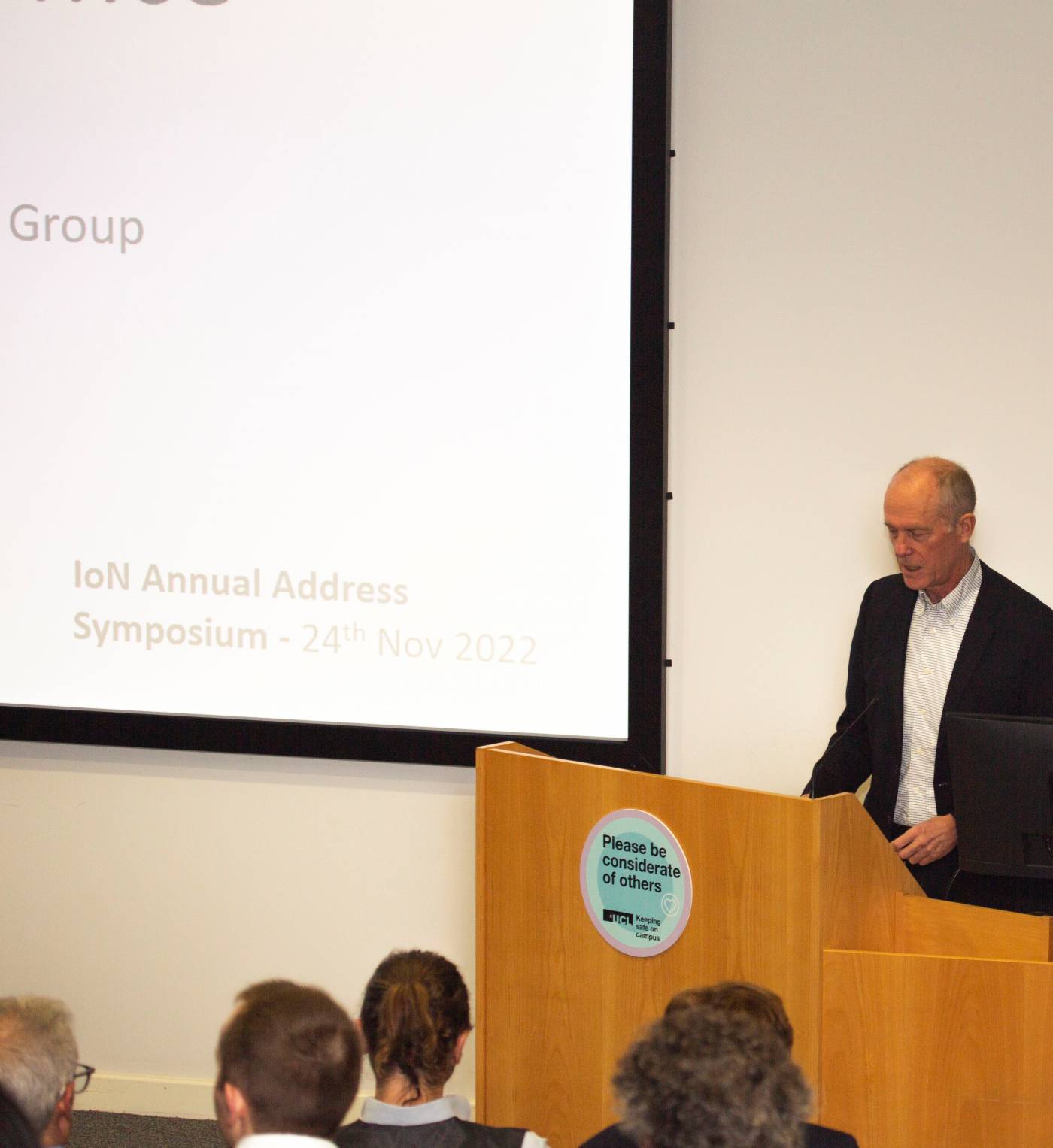
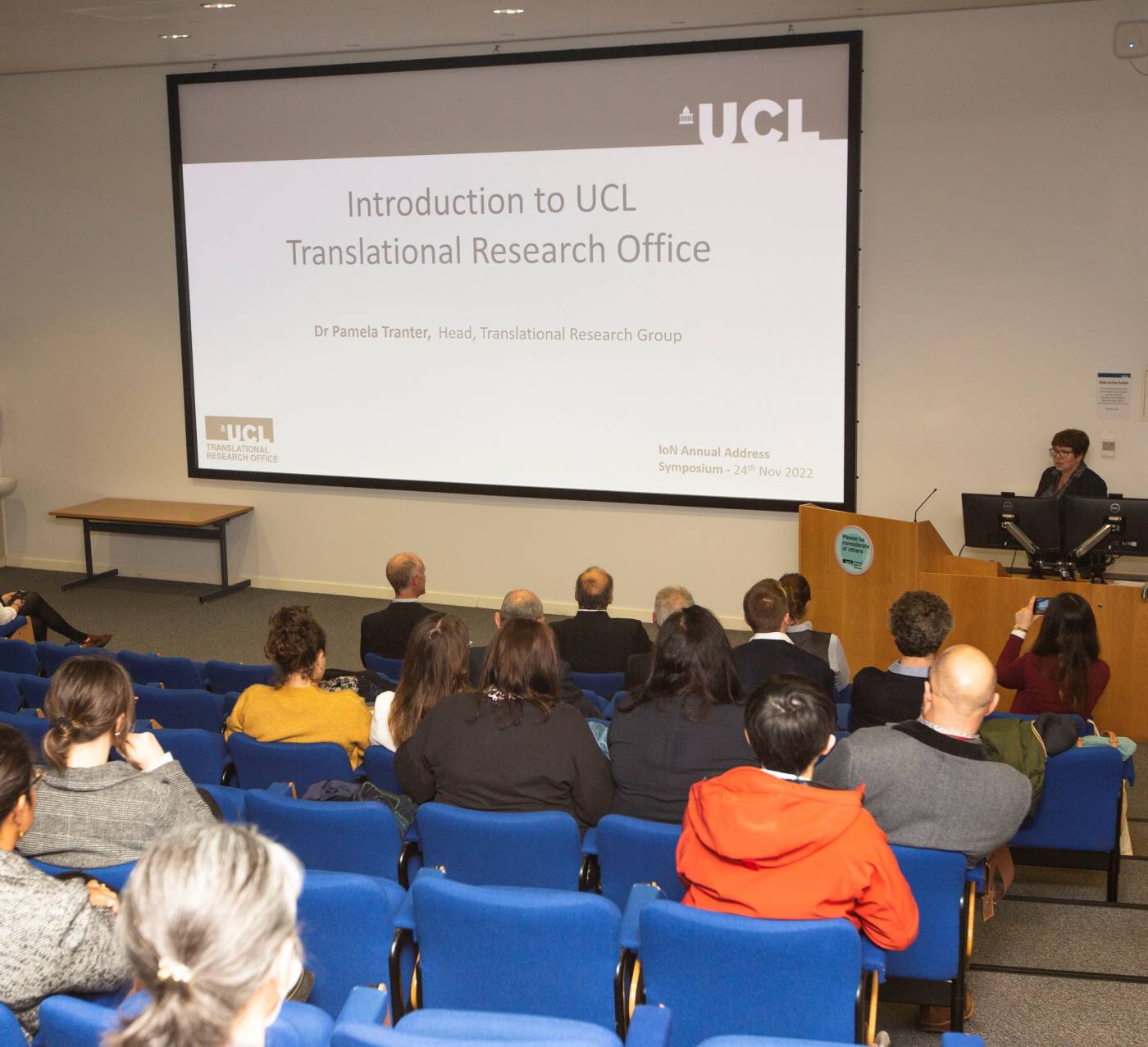
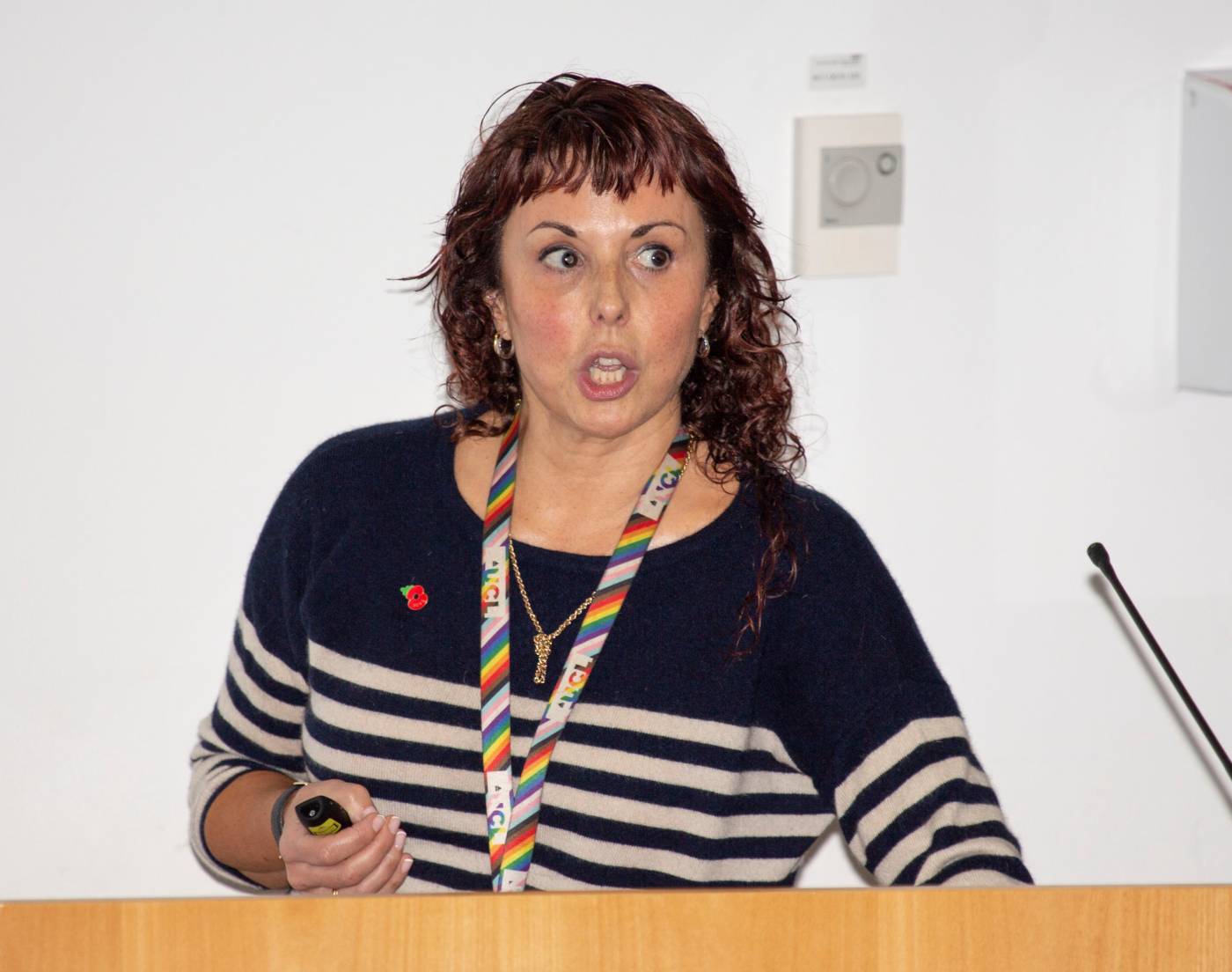


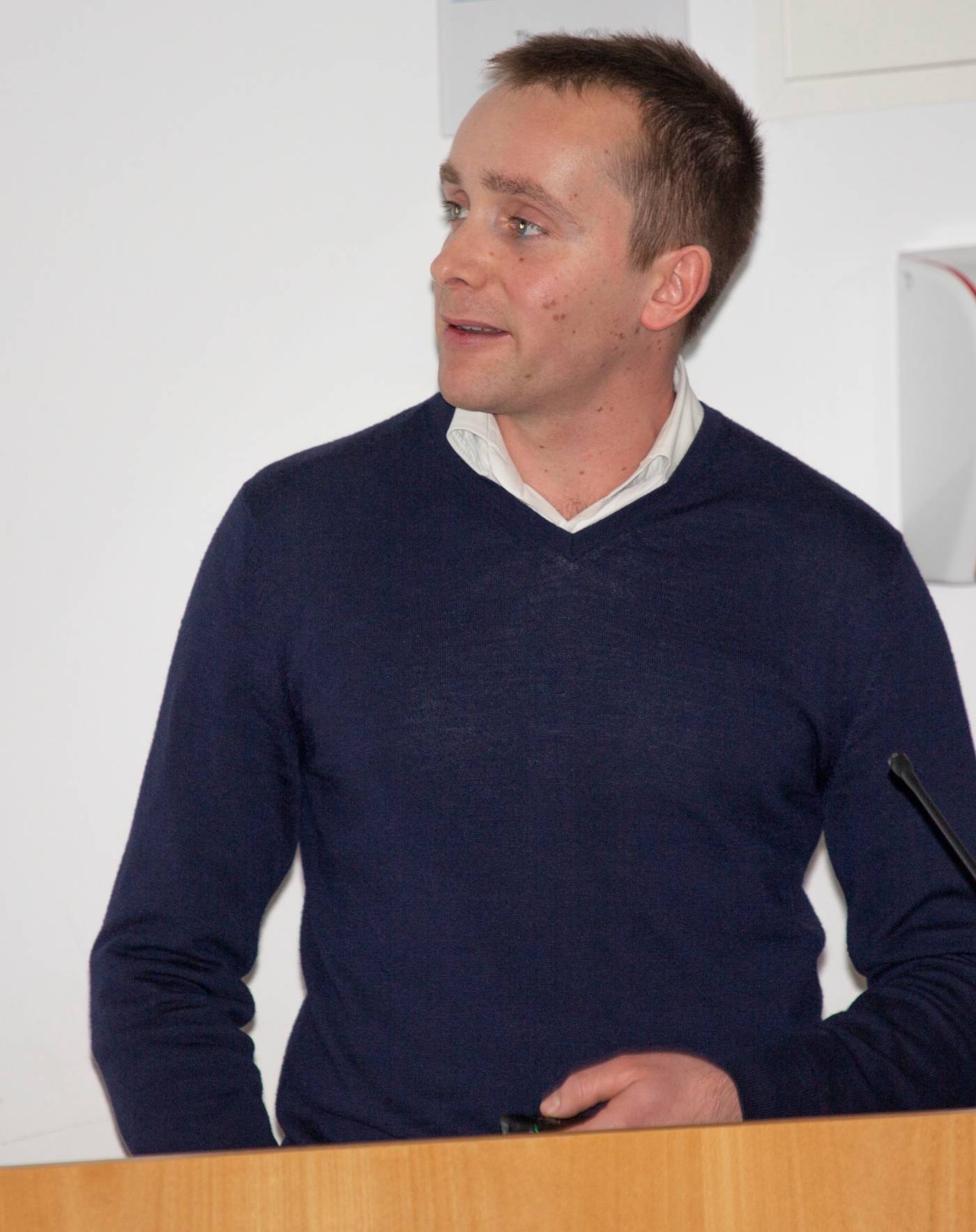
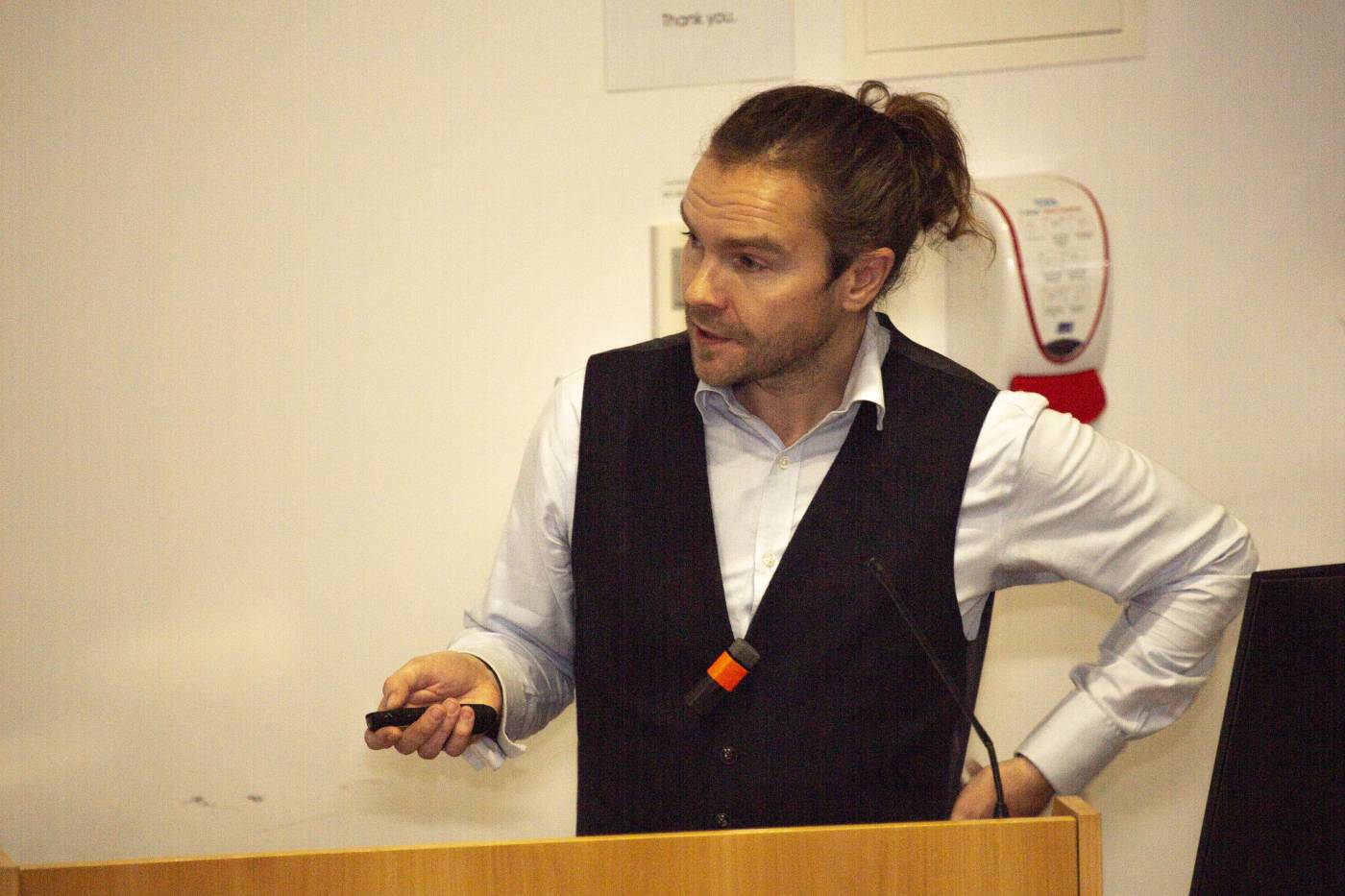
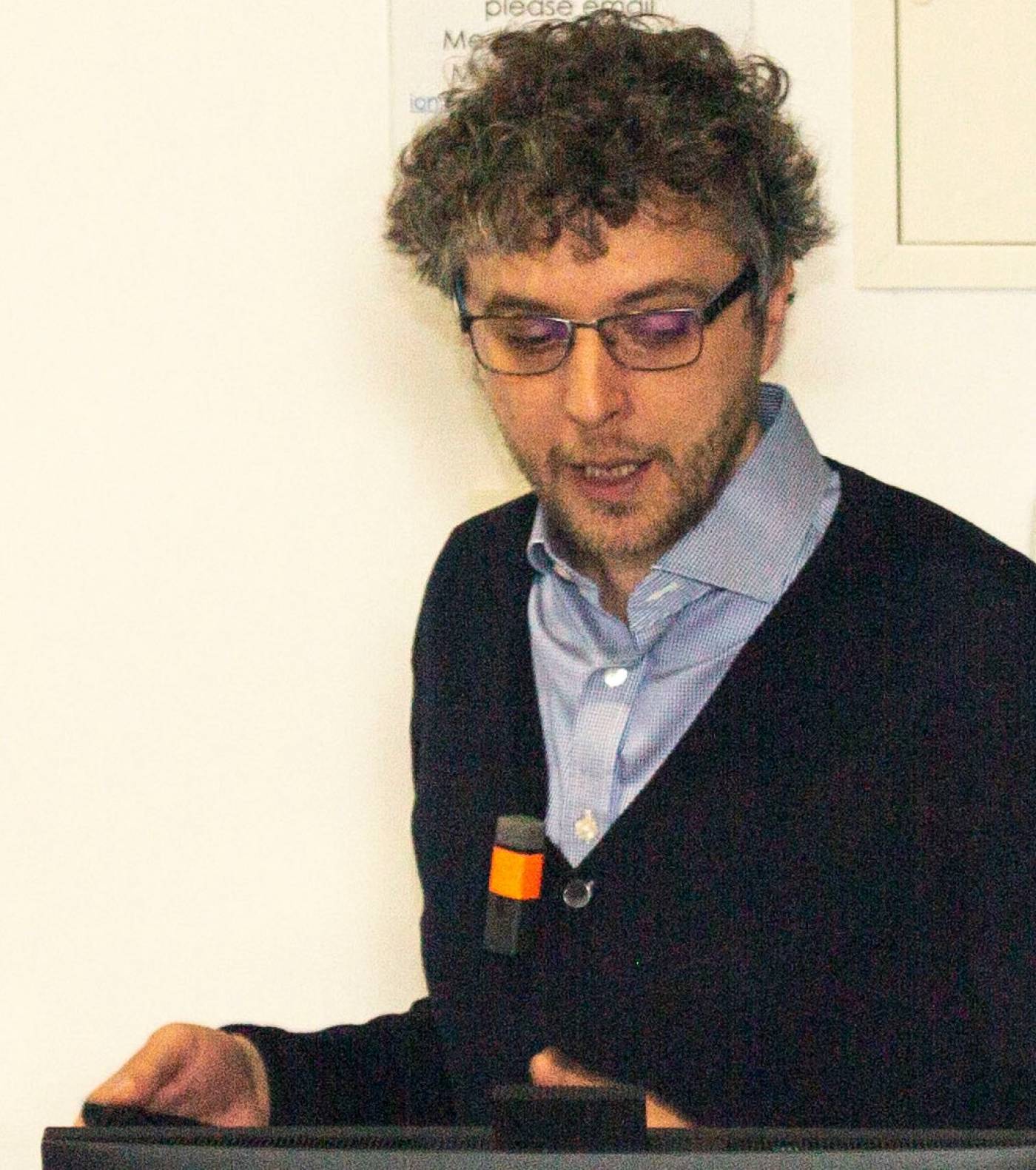

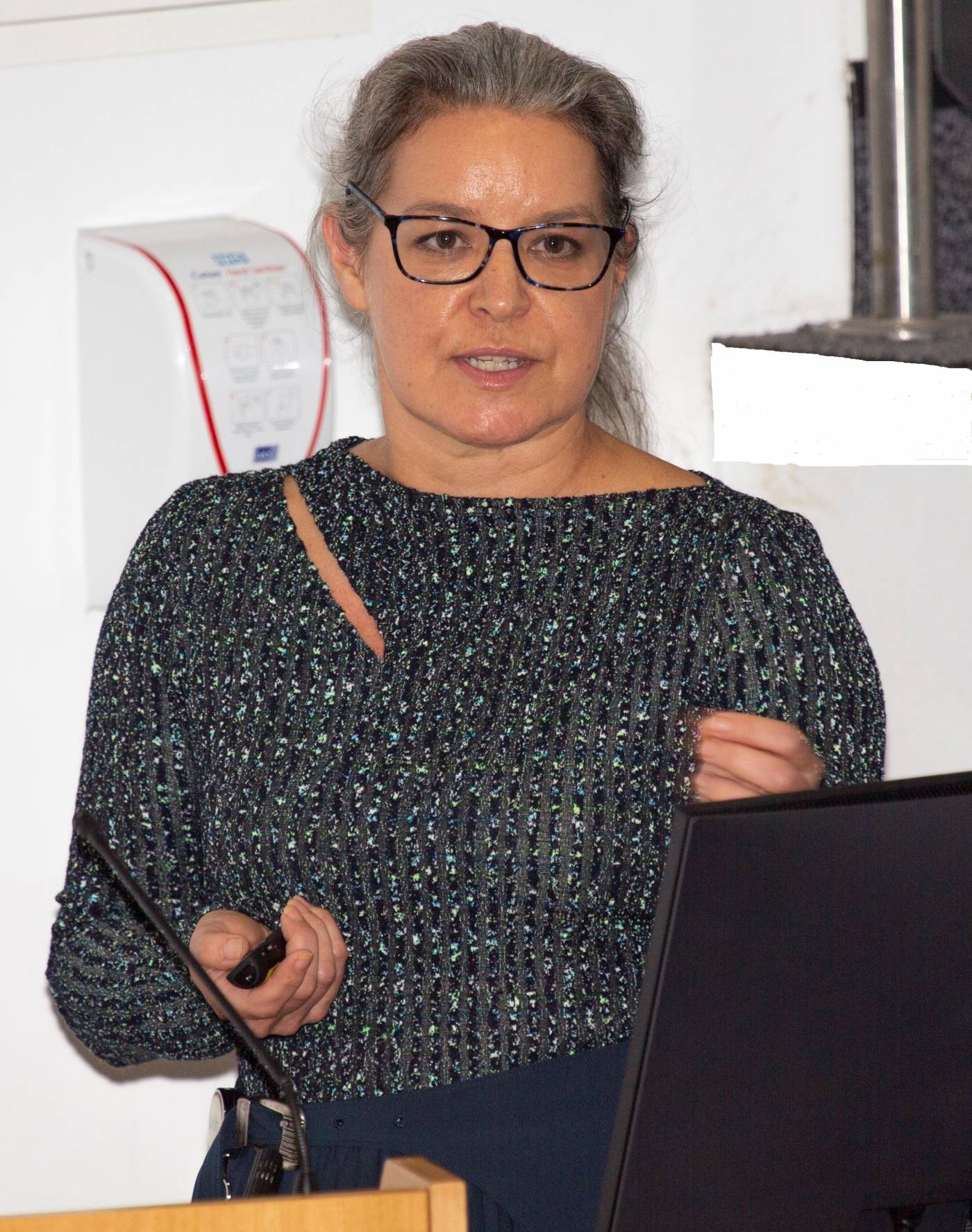
 Close
Close

